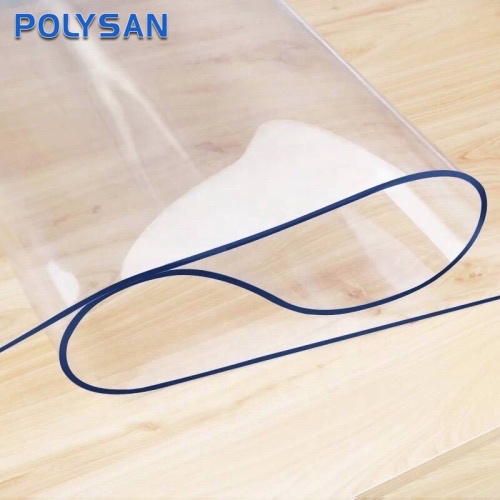Environmental Considerations and Innovations in PVC Film
2024-07-23
Introduction
While PVC film is celebrated for its versatility and utility, its environmental impact has raised concerns among consumers and industries alike. In this blog, we delve into the environmental considerations surrounding PVC film and explore the latest innovations aimed at making its production and disposal more sustainable.

1. Environmental Impact
PVC film production involves the use of chlorine and other chemicals, raising concerns about dioxin emissions and toxicity. Additionally, the disposal of PVC film can be problematic, as it can release harmful substances when burned or improperly recycled. These challenges have spurred research into greener alternatives and recycling technologies.
2. Advances in Recycling Technology
Innovative recycling technologies are transforming the PVC film industry. Mechanical recycling processes have improved, allowing for the recovery and reuse of PVC film waste. Chemical recycling methods, such as depolymerization, are also being developed to break down PVC into its original monomers, facilitating the creation of new, high-quality PVC products without the need for virgin materials.
3. Bio-based and Eco-friendly Alternatives
The development of bio-based PVC film is gaining traction as a sustainable alternative. These films are produced using renewable resources, reducing reliance on fossil fuels and lowering carbon footprints. Additionally, additives and stabilizers are being formulated to enhance the environmental profile of PVC film, making it safer for both human health and the environment.
4. Industry Initiatives and Regulations
Regulatory bodies and industry groups are pushing for stricter guidelines on PVC production and disposal. Initiatives such as the European Union's REACH regulation aim to minimize the environmental and health impacts of chemicals used in PVC production. Furthermore, industry collaborations are fostering the development of sustainable practices and circular economy models to enhance the recyclability and biodegradability of PVC film.
Conclusion
The future of PVC film is poised for transformation, with sustainability at the forefront. Innovations in recycling, the development of bio-based alternatives, and stringent regulations are paving the way for a greener and more responsible use of PVC film. As the industry evolves, the balance between functionality, safety, and environmental stewardship will be crucial in shaping its trajectory.


